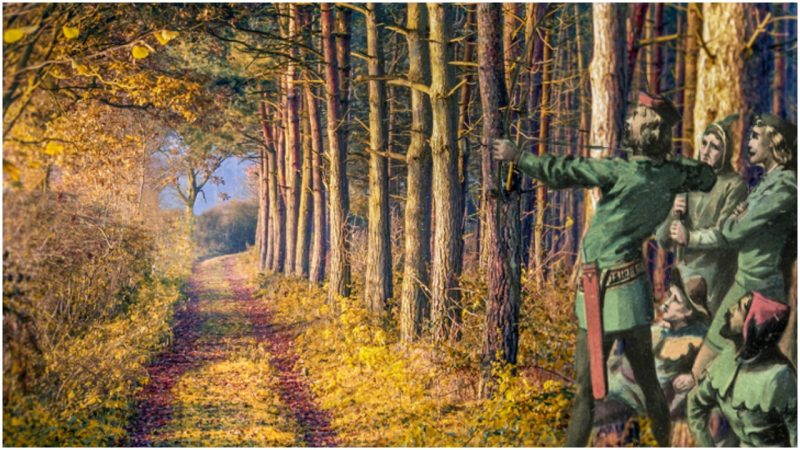Books, films, plays, and songs have been written to celebrate the life of the Englishman who robbed from the rich and gave to the poor. The story of Robin Hood has endured at least 700 years, sometimes changing to reflect the times but always repeating certain facts. Robin Hood was a skilled archer living in Sherwood Forest in medieval times.
He has been depicted as a thief, a simple commoner rebelling against a corrupt Sheriff of Nottingham, and a displaced nobleman. His merry men started with Little John and Will Scarlet and later increased to Friar Tuck and Alan-a-Dale.
Of course, every hero needs a love interest, so Maid Marian was later added. There is no solid proof of an actual historical figure of Robin Hood, but most legends are based on fact. The book History of Greater Britain, published in 1521 by John Major, speaks of a Robin Hood type of character who was loyal to King Richard.
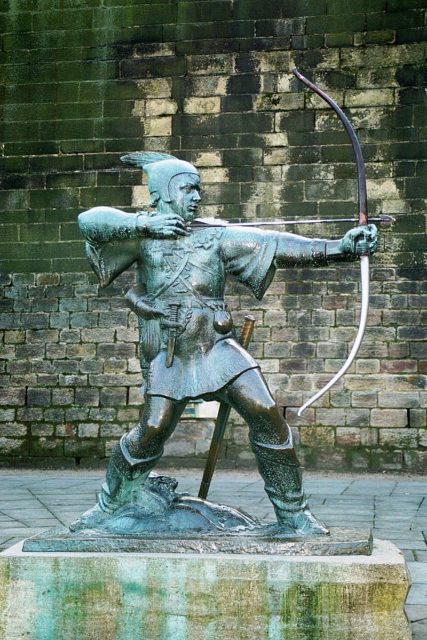
For hundreds of years, the Sherwood Forest area was a hunting ground of the English Crown. It’s been divided up for monastic abbeys, sold to the aristocrats for estates, and used for farmland and for harvesting lumber. These areas have since been named Bilhaugh and Birklands. Fortunately, most of the interior of the forest appears as it did in medieval times. It has been taken over by the park system and is a National Nature Reserve, with certain areas protected under the designations of Sites of Special Scientific Interest, and Special Areas of Conservation.
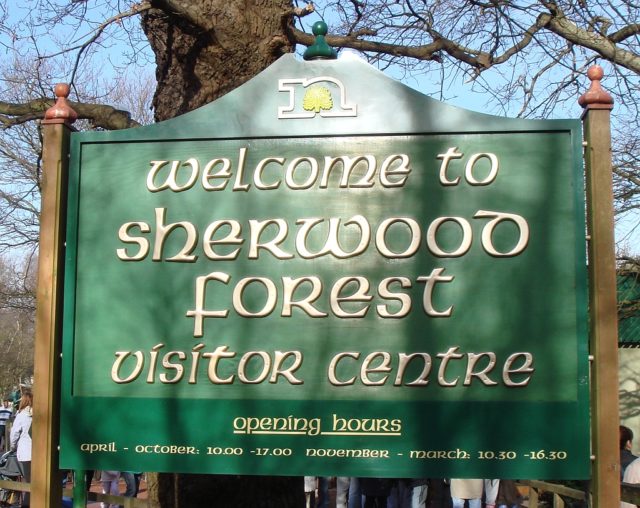
Long, long before Robin Hood, Vikings moved into England, Scotland, and Ireland. According to medieval texts, the Vikings arrived in the islands of Great Britain around 790 A.D. Evidence of Viking influence has been unearthed in different parts of Great Britain for hundreds of years.
Viking hoards containing thousands of dollars worth of coins, silver, copper and gold jewelry, swords, and valuable household goods have been dug up in various locations since the early 1800s. Metal-detector enthusiasts and farmers usually find the hoards on farmland or in open areas. Why the Vikings buried their treasures and never returned for them is still a mystery.
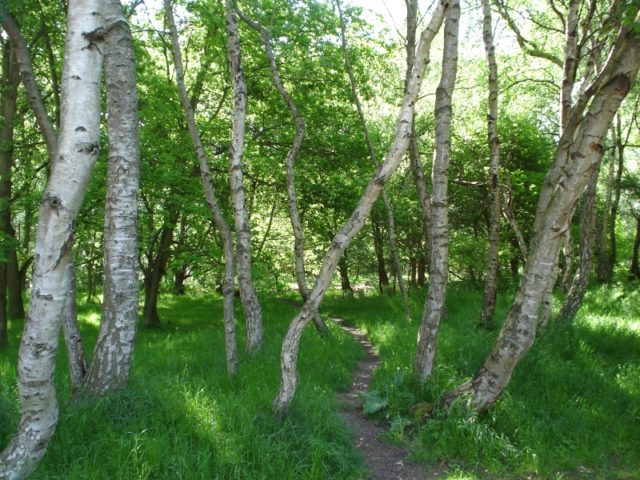
“What do the Vikings have to do with the Robin Hood?” you may ask. In 2004, locals Stuart Reddish and Lynda Mallett discovered the site of an important Viking meeting place similar to a congress or parliament in the Birkwood area of Sherwood Forest. Meeting places such as these are called “thing” sites from the Icelandic word Þingvellir. They have been found in Iceland and various places in the north, but it was unusual to find such an important feature in an area not usually associated with Viking settlements or hoards.
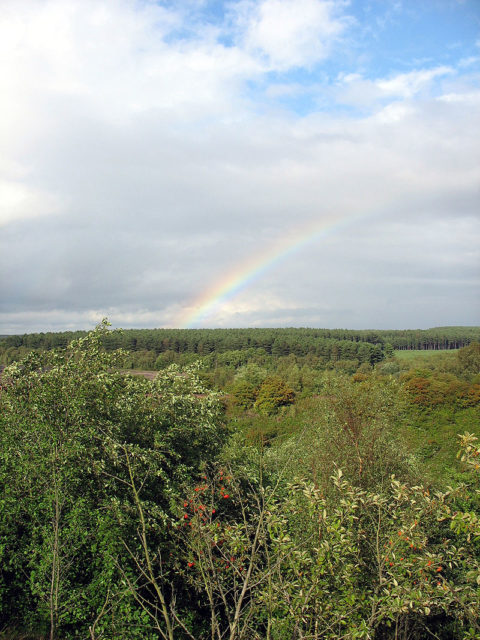
Thynghowe, the “thing” site in Sherwood Forest, is unusually well preserved because it was found on land belonging to the Crown and the gentry for so long. Other than a few parish boundary markers, the site is recognizable as a speaking mound within a circle. The nearby village, Budby, is believed by researchers to be where out-of-towners stayed when attending gatherings.
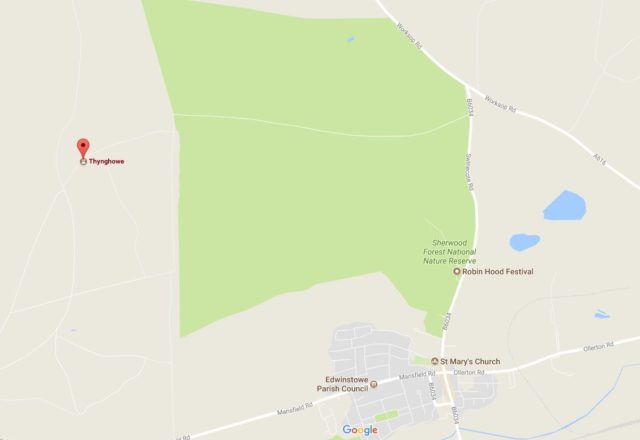
The Friends of Thynghowe, an organization set up by Reddish and Mallett to protect the area and educate the public about its history, has been instrumental in the preservation of the site. They are researching the area both historically and geographically to learn as much as possible about the movements of the Vikings and how they affected the evolution of Great Britain.
They have opened the area to the public for landscape walks to point out some of the unusual native plants of the area, an annual perambulation to Thynghowe, re-enactments, and educational programs. Upcoming events as well as photos, videos and mission statements are available on their Facebook page and website.
